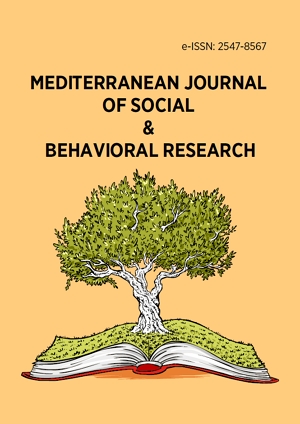Abstract
Reading is an active involvement and mutual interaction between the reader and the text. Many studies show that reading causes a dramatic improvement in writing and literacy development. Teachers who adopt children’s novel in their teaching believe students can achieve higher levels of reading comprehension in critical thinking and experience the essence of reading for pleasure. To explore the effects of English novel reading on EFL learning, a five-day English Novel Reading Camp was held to help students familiarize with reading strategies and activities as well as reading for pleasure. A children’s novel which provides topics for discussion was used. The participants were thirty-eight senior high school students from a high school in central Taiwan. Data gathered for analysis included their journal writing, survey, group discussions, and interview. This study found that more than ninety percent of the students thought they had learned a lot from this camp and would like to attend similar camps in the future. They found that reading English children’s novel was not as difficult as they thought before. Finishing reading it, they felt an excellent sense of achievement that they had never had before in learning English. They stated that they not only gained more vocabulary, but also realized the value of life, the importance of family and friendship. They also experienced how to interact with the text, illustrate some plots, initiate questions, exchange ideas or negotiate with their peers. This camp helped them be involved in literature discussion for meaning making, connection, and critical thinking. It is hoped that the results of this study will provide ideas concerning literacy development and an alternative method for developing EFL student’s English proficiency.
License
This is an open access article distributed under the Creative Commons Attribution License which permits unrestricted use, distribution, and reproduction in any medium, provided the original work is properly cited.
Article Type: Research Article
MEDITERR J SOC BEH RES, Volume 4, Issue 2, June 2020, 31-34
https://doi.org/10.30935/mjosbr/9598
Publication date: 01 Aug 2020
Article Views: 2303
Article Downloads: 1801
Open Access References How to cite this article
 Full Text (PDF)
Full Text (PDF)